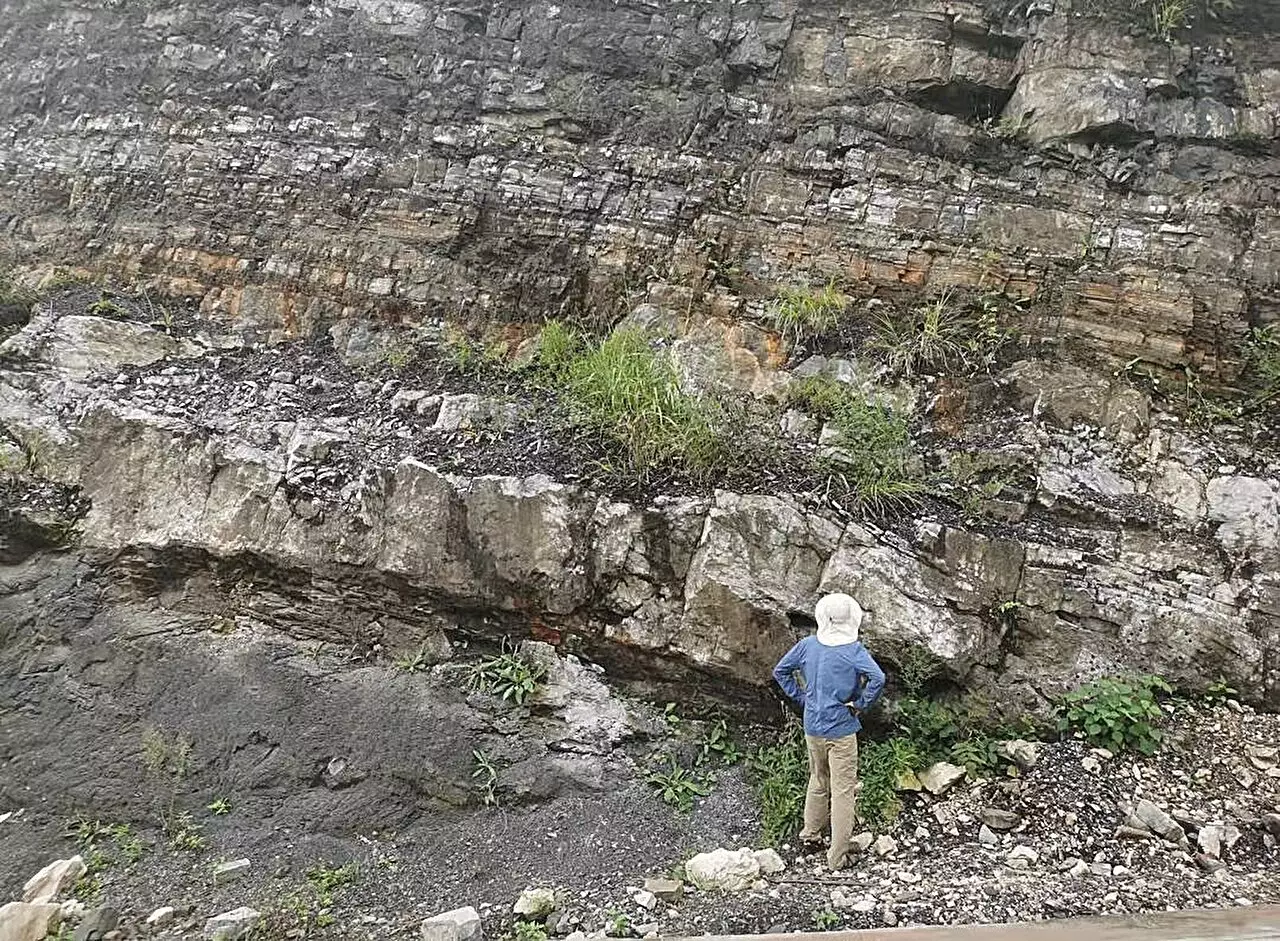Throughout Earth’s history, there have been several dramatic climatic events, notably the “Snowball Earth” episodes. These events, which occurred hundreds of millions of years ago, saw our planet enveloped almost entirely in ice, sometimes accumulating thicknesses of up to 0.6 miles (1 kilometer). While these icy occurrences are staggeringly rare, with only a handful documented in Earth’s geological record, they have profound implications for our understanding of climatic transitions and biological evolution.
Snowball Earth events do not follow predictable patterns; they span millions of years and are characterized by drastic shifts in climate. The conclusion of these periods often leads to significant warming, although our understanding of the mechanisms driving such transitions remains elusive. Recent research from the University of Washington sheds light on this enigmatic phase of Earth’s history, particularly regarding how the last Snowball Earth period concluded and its relationship to the subsequent explosion of life — including the first appearance of multicellular organisms.
The pivotal study focuses on ancient limestone formations called “cap carbonates,” which are believed to have formed as glacial ice began to thaw. These cap carbonates are invaluable geological artifacts, providing insights into Earth’s atmosphere and oceanic conditions from approximately 640 million years ago, predating more conventional indicators such as ice cores or tree rings. Recognizing their significance, Trent Thomas, a doctoral student at the University of Washington and lead researcher on the study, emphasized the vital information these cap carbonates hold, particularly regarding alterations in atmospheric carbon dioxide levels and ocean acidity.
Cap carbonates consist of layered dolomitic and limestone rocks that possess unique chemical properties. Today, they can be found at over 50 locations worldwide, including Death Valley and Namibia. Importantly, their name reflects their formation as layers “cap” glacial deposits that were left behind post-Snowball Earth. The understanding gleaned from these geological formations is essential in elucidating the carbon cycle, especially during periods marked by extreme climate change.
Historically, life on Earth was remarkably simple for an extensive duration, comprising primarily microbes and algae for over 2 billion years before the onset of Snowball Earth. This era, often dubbed the “boring billion,” was characterized by minimal evolutionary advancements. However, following the onset of two Snowball Earth events, the fossil record indicates a sudden emergence of multicellular organisms. This juxtaposition intrigues scientists, as researchers seek to establish a connection between these significant climatic events and evolutionary progress.
The study provides a framework for understanding this link. Researchers modeled the environmental changes occurring during three distinct phases of the last Snowball Earth event. During the peak of the cold epoch, thick ice globally reflected sunlight, yet pockets of open water allowed some atmospheric and oceanic exchange. Notably, the continued reaction of the cold seawater with the seafloor led to the accumulation of carbon dioxide in the atmosphere. Eventually, this buildup reached a threshold that enabled solar energy to penetrate and warm the planet, facilitating the melting of ice sheets and the introduction of freshwater into the oceans.
As freshwater mingled with the saltier ocean waters, a stratified ocean layer developed, leading to a slowdown in ocean circulation. Yet, the eventual churning of the oceans catalyzed a resurgence in the mixing of oceanic layers, thus restoring aeration. Thomas remarked on the predictions of crucial environmental changes that followed this Ice Age, particularly how they impacted ocean temperatures, acidity, and circulation, thus influencing biological life.
Looking Ahead: Evolutionary Implications
The implications of this research extend beyond understanding ancient climate change; it also opens the door to questions regarding the evolution of more complex life forms. Researchers are keen to explore how pockets of life may have endured the harsh conditions of Snowball Earth and subsequently evolved into the diverse ecosystems we see today.
Future studies will be needed to delve deeper into the evolutionary trajectories that were set into motion after the last Snowball Earth event. The relationship between climatic shifts and biological complexity continues to inspire curiosity and investigation among scientists, urging them to unravel the intricacies of Earth’s past and offering a lens into its evolutionary future. This inquiry is not merely about understanding ancient history but also about drawing connections between climatic events and the resilience and adaptability of life itself.


Leave a Reply